Deep frying is a culinary technique that many love for producing perfectly crispy and delicious dishes. However, the type of oil used can make or break the outcome.
While some oils withstand the heat, others fall apart, leaving your dish far from delightful. Here’s a guide to oils that you should avoid and those that work wonders when deep frying.
1. Coconut Oil
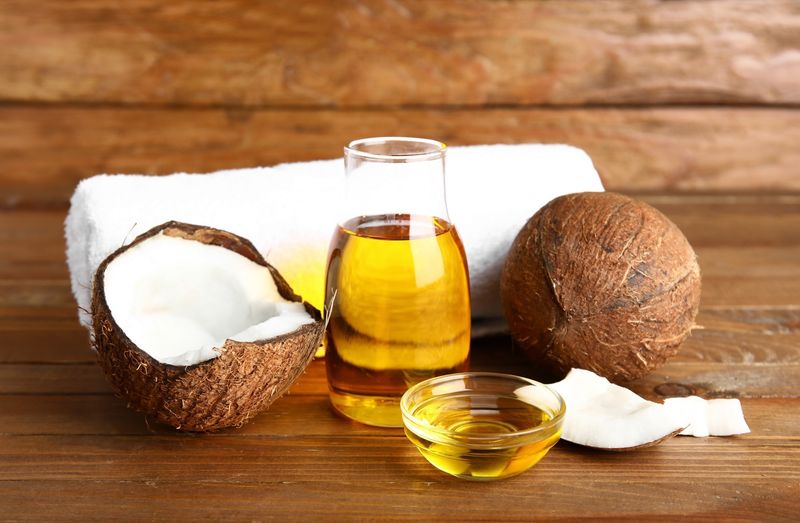
Though it might conjure images of tropical beaches, coconut oil is best left out of the deep fryer. Its low smoke point means it turns smoky and breaks down at high temperatures, making it less than ideal for deep frying. While it’s excellent for other cooking methods, frying isn’t one of them.
Coconut oil does offer a unique flavor profile, but high heat diminishes its health benefits. Instead, save it for baking or sautéing, where its sweet, nutty aroma can truly shine. It’s not just about flavor; it’s about keeping your deep-fried delights crisp and smoke-free.
2. Extra Virgin Olive Oil
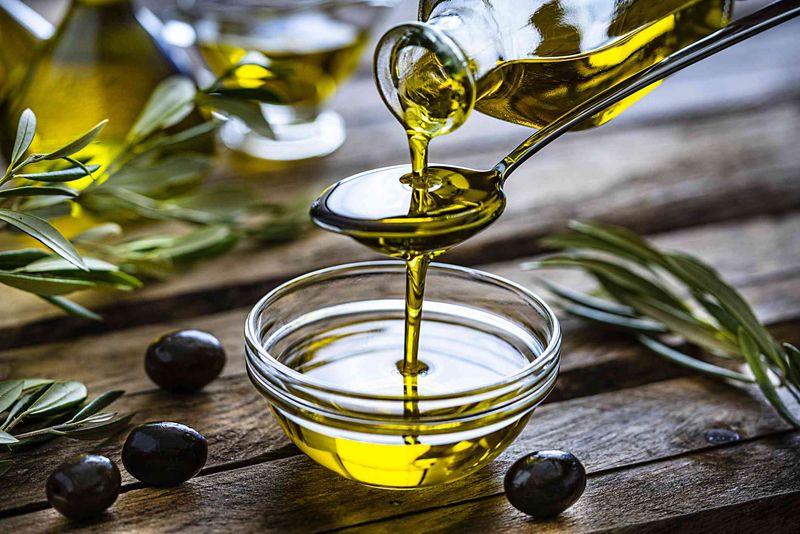
Olive oil’s rich, fruity flavor makes it a kitchen staple, but extra virgin varieties are not built for deep frying. Its low smoke point leads to a burnt taste, overshadowing the food’s natural flavors. This oil excels in dressings and drizzles, where its aromatic profile can be appreciated without heat.
Deep frying demands resilience, and unfortunately, extra virgin olive oil falls short. Instead, reserve it for cold dishes and light sautéing. This way, you savor its unique taste without compromising your deep-fried goodies.
3. Butter
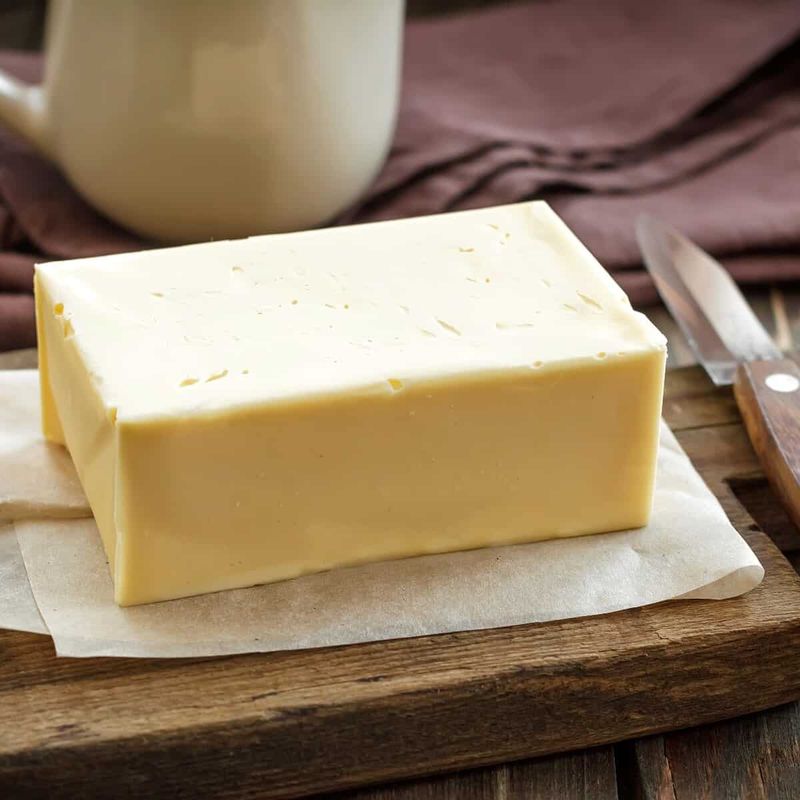
With its creamy richness, butter is a beloved ingredient, yet it struggles under the high heat of deep frying. The milk solids burn quickly, leading to an unpleasant, bitter taste. While butter is divine for sautéing and baking, its low smoke point makes it unsuitable for deep frying.
The delightful aroma and flavor of butter are best experienced in situations where it can melt luxuriously without scorching. For deep-fried perfection, opt for oils that withstand the heat, saving butter for where it truly shines.
4. Sesame Oil
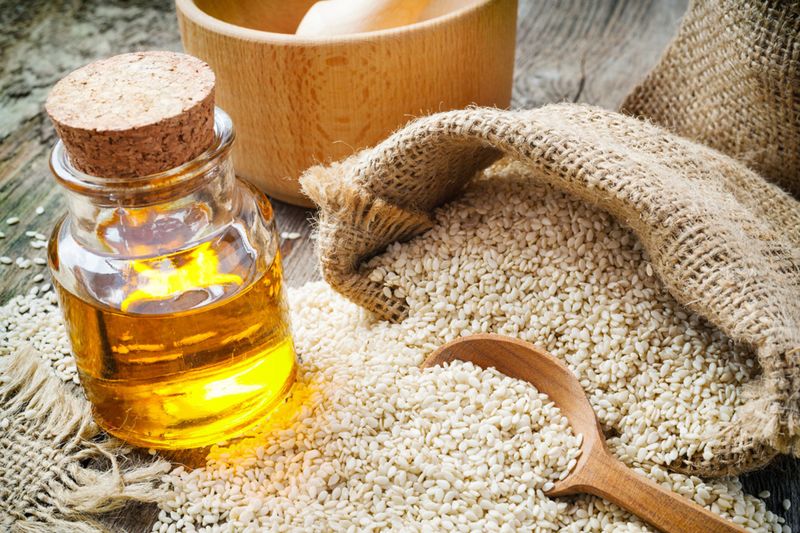
Sesame oil’s nutty aroma is a cornerstone of Asian cuisine, yet it falters when it comes to deep frying. Its low smoke point means it degrades quickly at high temperatures, losing its distinct flavor. This oil thrives in stir-fries and dressings, where a little goes a long way.
While it’s tempting to use for frying due to its robust taste, it’s better reserved for finishing touches or quick cooking. Embrace sesame oil for its strength in flavoring, not for submerging in the fryer’s intense heat.
5. Flaxseed Oil
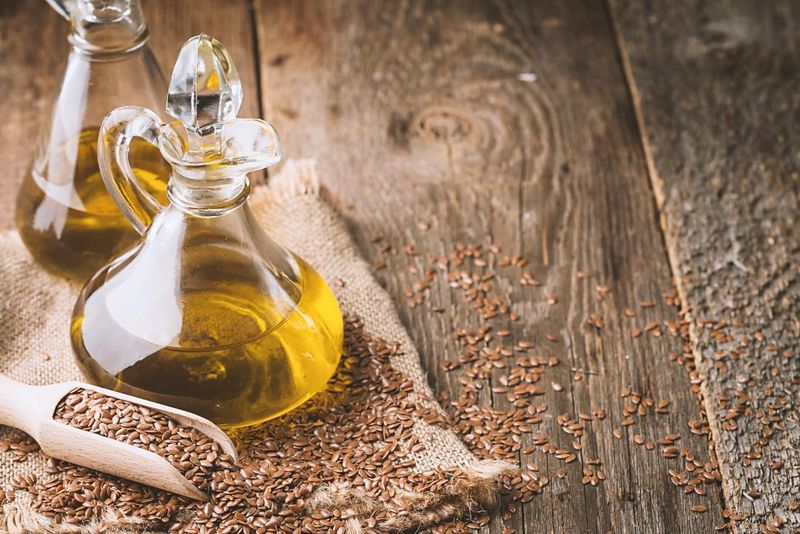
Hailed for its nutritional benefits, flaxseed oil is not suitable for deep frying. Its extremely low smoke point means it breaks down quickly, losing its omega-3 benefits and producing an off-putting taste. This oil is best used cold, in smoothies or as a finishing touch on salads, where its health properties are most potent when uncooked.
For deep frying, stick to oils that can withstand the heat without sacrificing taste or health. Save flaxseed oil for when you can enjoy its benefits in full, uncooked splendor.
6. Hemp Oil
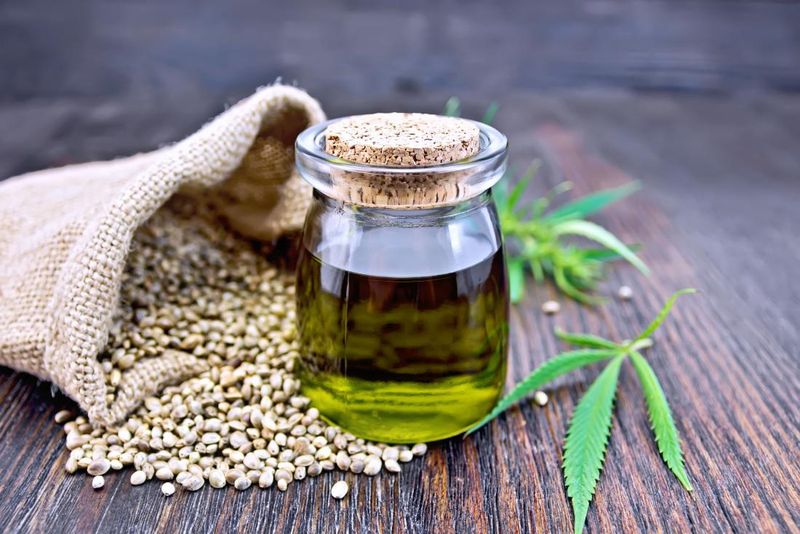
Hemp oil’s grassy, earthy flavor is enticing, but not under the intense heat of deep frying. It has a low smoke point which causes it to degrade quickly, losing its nutritional edge.
Ideal for drizzling over dishes or incorporating into homemade dressings, hemp oil should remain uncooked to preserve its health benefits. When deep frying, opt for oils with staying power in high temperatures. While hemp oil offers a unique taste in the right settings, it’s simply not equipped for the fryer’s challenge.
7. Lard

While lard may evoke nostalgia for traditional cooking, it’s not the best choice for deep frying today. Although it has a higher smoke point than some oils, the flavor and texture it imparts may not be suitable for all fried dishes.
Despite its past popularity, modern health trends often steer clear of animal fats for frying. Lard can still be wonderful in baking, adding unmatched flakiness to pastries. However, for deep frying, healthier and more versatile oils are preferable.
8. Pumpkin Seed Oil

Pumpkin seed oil’s deep hue and nutty flavor are best enjoyed raw, not in the fryer. With a low smoke point, this oil can’t withstand the high temperatures needed for deep frying, leading to burnt, bitter notes.
It shines in salad dressings or drizzled over roasted vegetables, where its rich, earthy flavor can be appreciated. Deep frying demands oils that maintain their integrity under heat, something pumpkin seed oil can’t manage. Relish its unique taste in dishes where it remains uncooked.
9. Sunflower Oil

Bringing a neutral flavor and high smoke point, sunflower oil is perfect for deep frying. Its mild taste allows the food’s natural flavors to shine while providing a crispy texture. Ideal for a variety of dishes, it won’t overpower your culinary creations.
Sunflower oil’s versatility makes it a favorite in many kitchens. Unlike other oils that degrade quickly, it holds up well, ensuring your fried delights are cooked to perfection. Whether for French fries or tempura, this oil is a reliable choice.
10. Peanut Oil
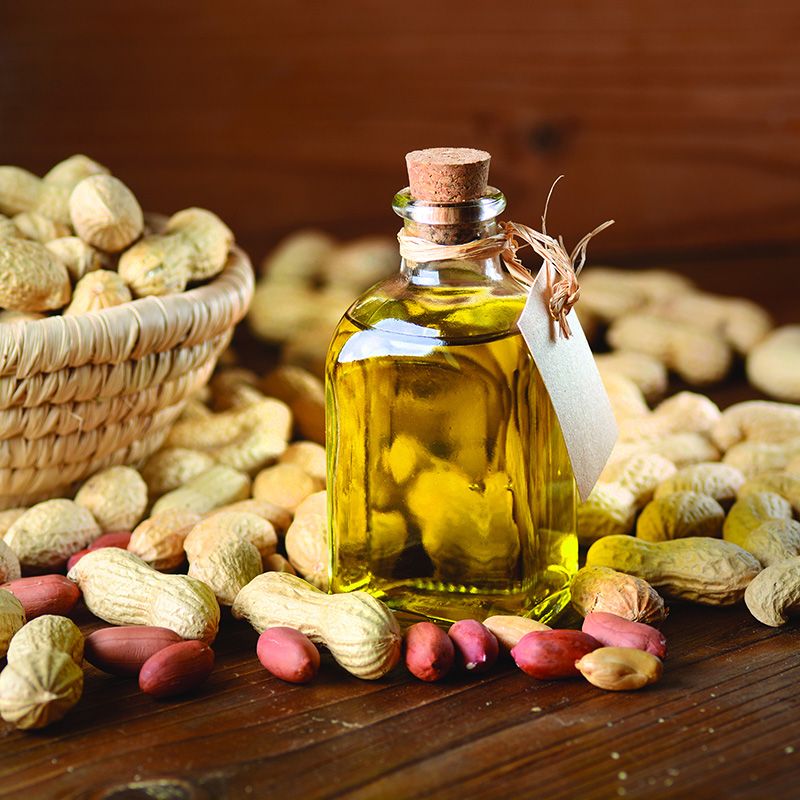
With its robust flavor and high smoke point, peanut oil shines in the world of deep frying. Its ability to withstand high temperatures ensures your fried foods emerge crispy and golden every time. This oil enhances food without overwhelming it, making it a go-to for frying.
Perfect for Asian-style dishes, peanut oil complements stir-fries and tempura alike. When aiming for that perfect crunch, it delivers without fail. Its versatility and reliability have made it a staple for many cooks seeking frying perfection.
11. Rice Bran Oil
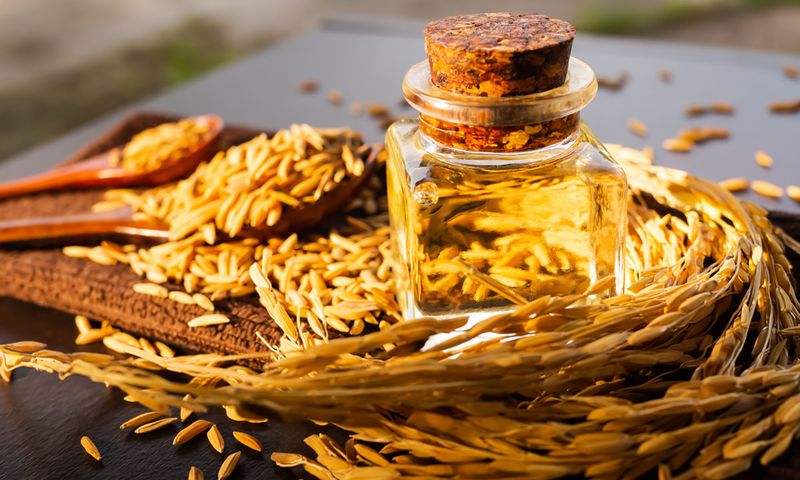
Rice bran oil is a quiet achiever in the kitchen, with a high smoke point that suits deep frying to a tee. Its neutral flavor ensures the spotlight stays on your dish’s main ingredients. Known for its lightness, rice bran oil ensures crispiness without greasiness.
It’s a health-conscious choice too, rich in antioxidants that withstand the frying process. From tempura to fried chicken, rice bran oil offers performance and health benefits that are hard to beat, making it a favorite among chefs and home cooks alike.
12. Canola Oil

A kitchen all-rounder, canola oil offers a mild flavor and high smoke point, making it ideal for deep frying. Its light texture ensures food isn’t greasy, providing a satisfying crunch every time. Additionally, it supports health goals by being low in saturated fats.
Frying with canola oil results in golden, crispy food without sacrificing taste or nutrition. Suitable for a variety of dishes, from French fries to fried chicken, its versatility makes it a welcome choice in any kitchen setting.
13. Safflower Oil
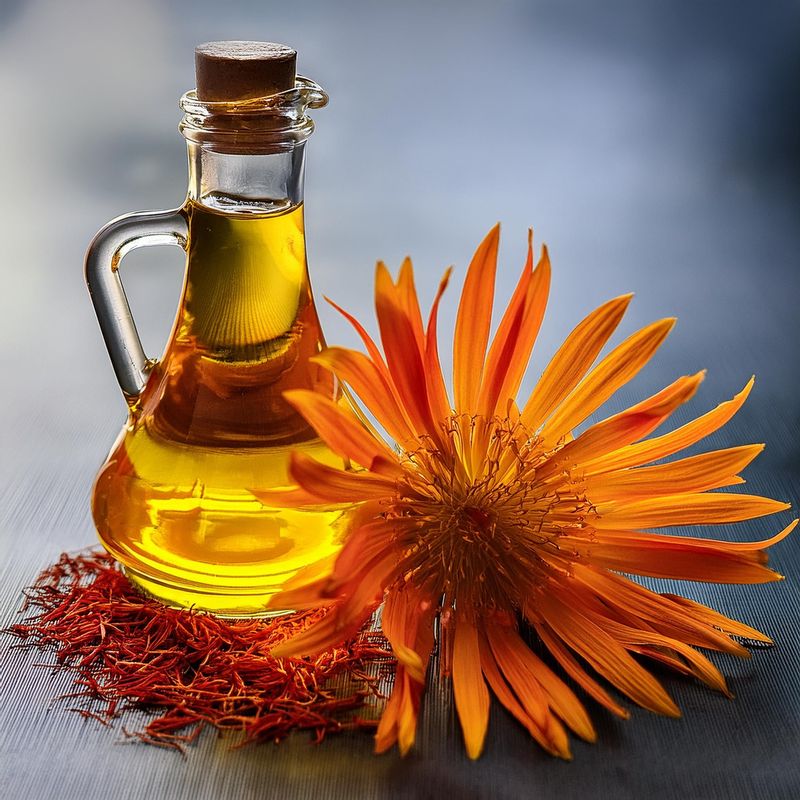
With a high smoke point, safflower oil is perfect for deep frying, ensuring food is cooked to perfection without burning. Its neutral flavor lets the true taste of your dish shine through, while its health benefits come from being low in saturated fats.
Providing a light, crispy finish, safflower oil is ideal for those seeking the perfect texture in fried foods. Versatile and suitable for frying everything from chicken to vegetables, its reliability and health-conscious profile make it a standout in any fry cook’s arsenal.
14. Grapeseed Oil
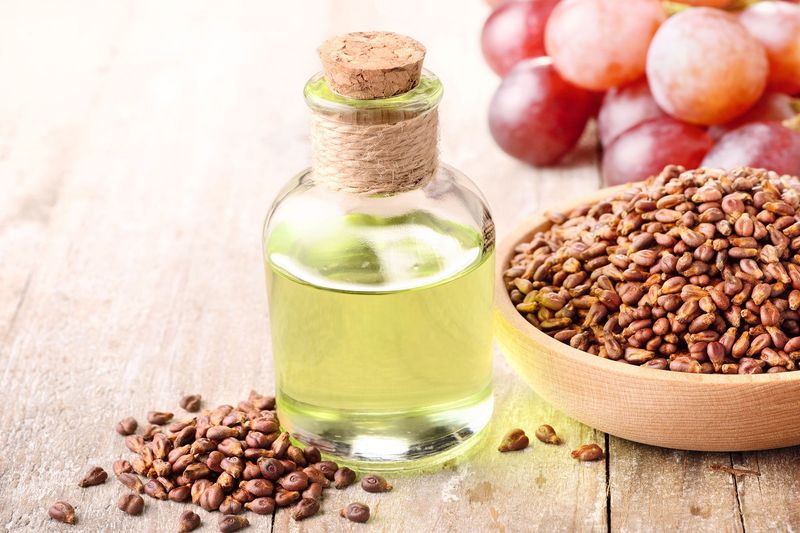
Grapeseed oil stands out for its clean taste and high smoke point, perfect for deep frying. It’s an oil that lets the flavors of your food remain front and center. Known for its light texture, grapeseed oil ensures a crisp finish without a heavy or greasy feel.
It’s a preferred choice for health-conscious cooks, being rich in beneficial fatty acids. Whether for frying or other cooking methods, grapeseed oil’s versatility and health benefits make it a kitchen favorite.
15. Corn Oil
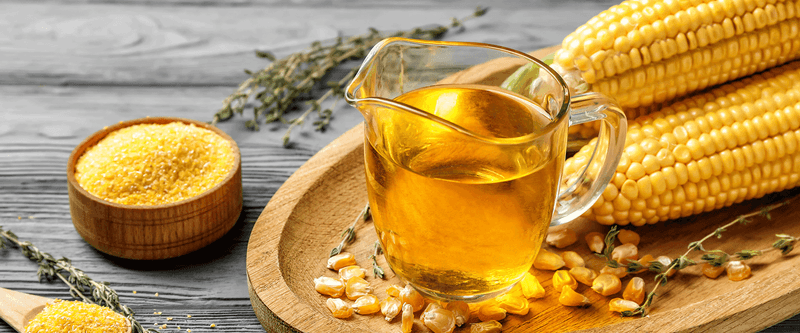
A staple in many kitchens for deep frying, corn oil offers a neutral flavor and high smoke point. It provides the perfect balance, allowing your dish’s natural taste to shine while ensuring a crispy, golden finish. Versatile and suitable for frying anything from chicken to fish, it’s a reliable choice.
Delivering consistent results, corn oil has become a favorite for both chefs and home cooks. Its ability to withstand high temperatures ensures your fried foods stay deliciously crispy.
16. Soybean Oil
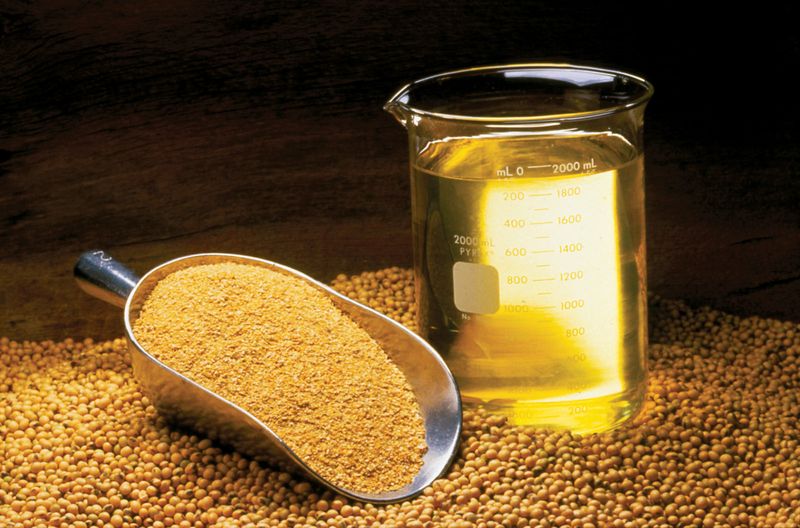
Soybean oil’s adaptability and high smoke point make it a fantastic option for deep frying. Its neutral taste enhances the natural flavors of your food without overpowering them. Whether frying potatoes or seafood, soybean oil ensures a crispy texture that’s hard to resist.
Known for its consistency, this oil offers excellent results every time. It’s a common choice in many kitchens, beloved for both its frying capability and health benefits. Soybean oil provides a perfect frying experience for various culinary needs.
17. Vegetable Oil
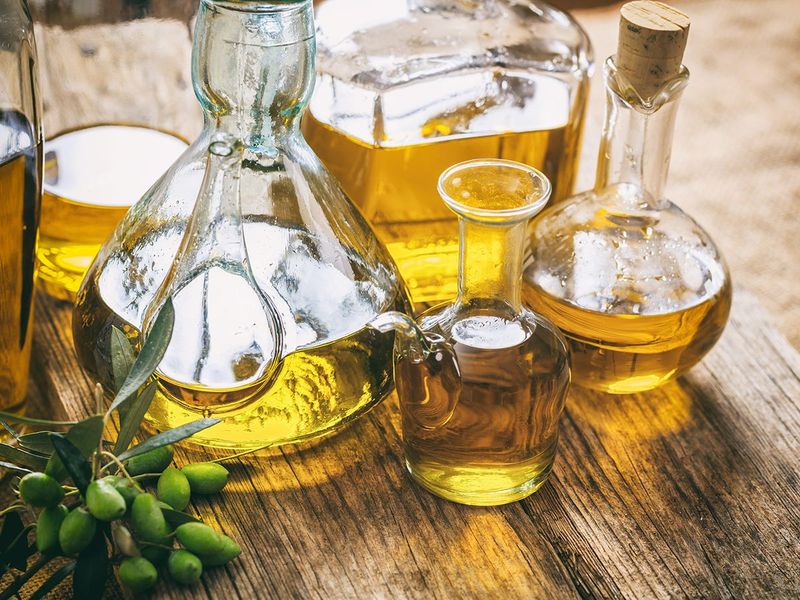
A versatile choice for deep frying, vegetable oil is known for its neutral flavor and high smoke point, making it a kitchen favorite. It delivers a consistent, crispy finish to fried foods, enhancing the flavors of whatever you’re cooking. Reliable and accessible, vegetable oil is suitable for a wide range of dishes.
Its ability to withstand high temperatures ensures perfect results every time, making it a staple for both home cooks and professionals. The oil’s adaptability and ease of use guarantee that your deep-fried delights are always cooked to perfection.
Leave a comment